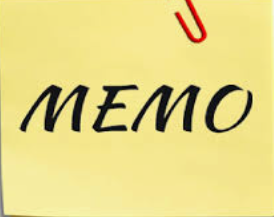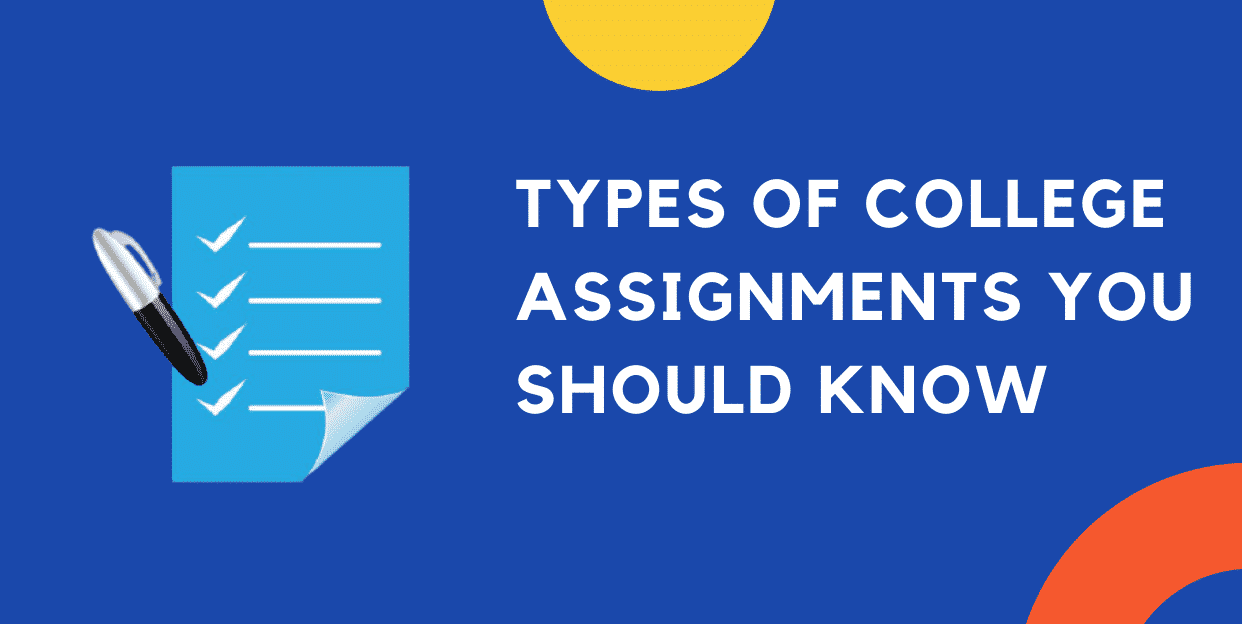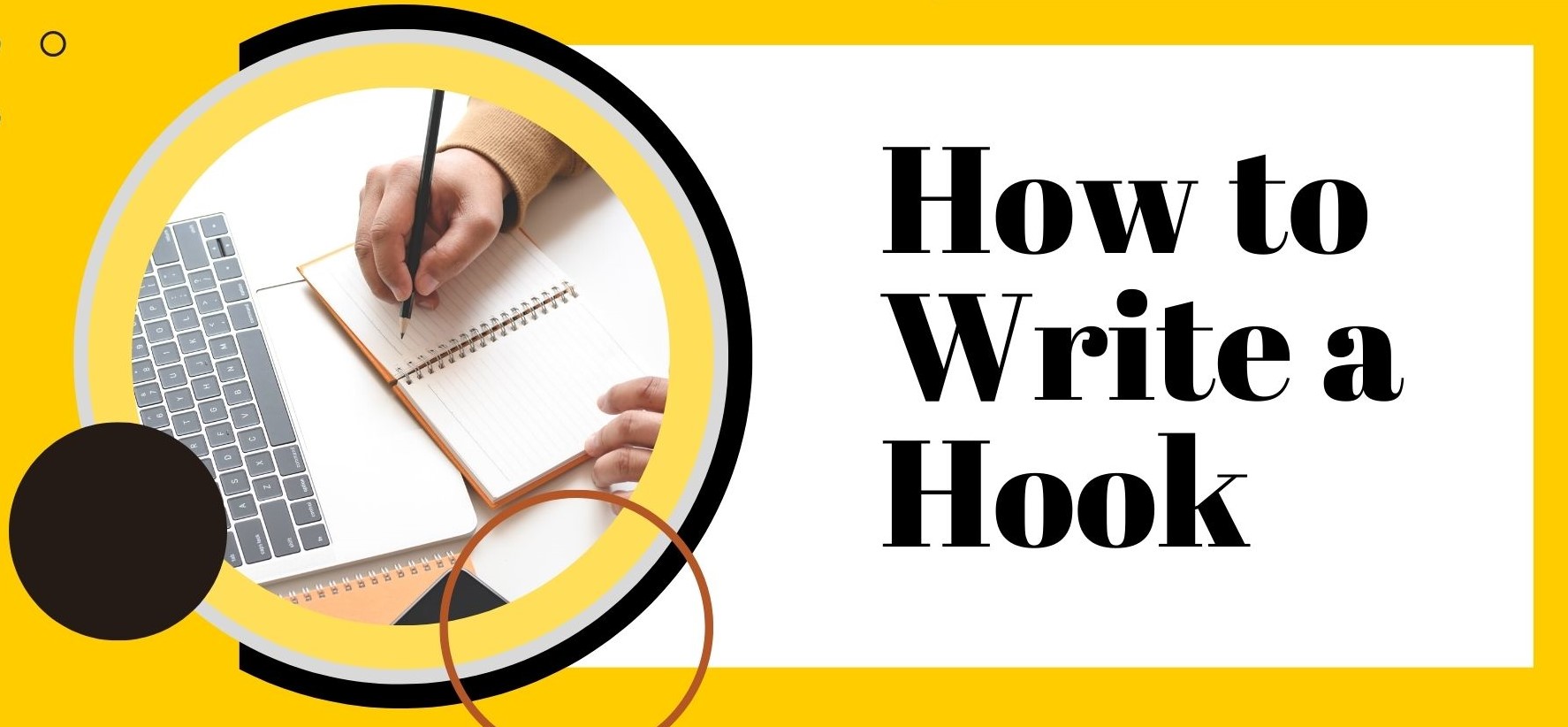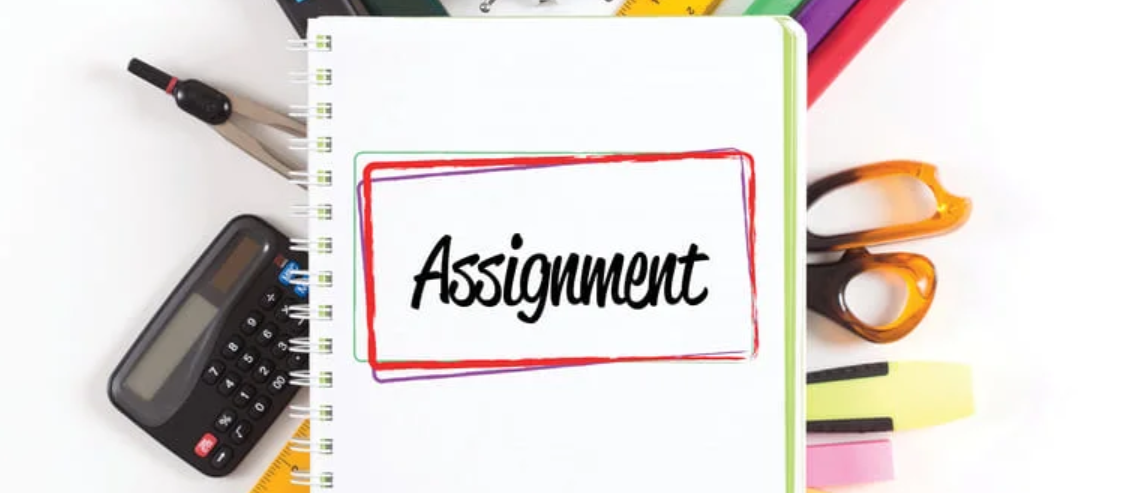Your A+ Grade Awaits at Academiascholars.com
Essays
Assignments
Term paper
Homework
Dissertations
HOW TO WRITE A MEMO
Efficient messaging and the transfer of information are critical to the attainment of organizational goals. One of the most common means of communication is the memorandum or memo. Essentially, the memo is a multipurpose tool of communication for professionals within organizations. It is also referred to as a terse communication or report sent by a member of a department to colleagues within the same department.
While the memo maintains its casualness by facilitating communication among familiar team members, it is also formal communication that can provoke action by people concerned. As such, it is an amalgam of informativeness and casualness and an ideal alternative to scribbled notes that define informal discussions. You should bear these in mind before you begin writing a memo.
Despite the informal aspect of the memo, it should meet three critical conditions, namely, informativeness, directness, and to-the-point.
The most significant consideration before you begin writing a memo is the intended recipient(s). A good memo must be appropriate to the reader’s position within the organization, scope of responsibility, limitations, and technical capabilities.
Consequently, knowledge of your audience is a great starting point if you are to make do communication that will trigger the desired response. Your memo should be informative, devoid of unnecessary iterations, and verbiage.
The target of memos
Memos are mostly written to several people within an organization or department. Memos typically originate from the senior management team to the rank and file and are meant for internal consumption. As internal reporting tools, memos are extremely confidential, and their contents should never be shared with people or entities external to the organization.
Memos are the preferred tool for communicating changes or shifts in functional strategy. It may also be used to spell out procedures and (new) guidelines as the need may necessitate. It may also be written to remind concerned parties or to give direction.

Outline of a memo
A good memo should be written professionally with distinct sections outline. These are discussed briefly:
The ‘To’ section:
This section contains the recipient or the person to whom the memo is targeted. Informal memos, the (full) name of the recipient is sufficient. Titles may be included in the memo if it is extremely formal. However, if the memo is intended for a person with whom the writer is known, then the given name of the recipient will suffice. An informal memo may be addressed “To Mike” for instance.
Memos that are addressed to people in a different department should include their full name and department name.
The ‘From’ section:
This is where you write the name of the composer of the message. If the sender is well known to the recipients, then the shortened version of his (or her) name (e.g. Fred) may suffice. Otherwise, the sender’s full name is required. For cross-team recipients, the full name and that of the department are needed.
The ‘Date’ section:
It is standard practice to write the month in words, otherwise, the date and year are written in figures.
The Subject Line:
The heading of the memo should be a sentence that briefly states the overall point of the memo.
The message:
The body of the memo should have a definite structure with a clearly defined situation and action. Some memos may define the problem or issue (to be resolved), and propose solutions.
The situation should outline the purpose of writing the memo. The problem should contain a clear statement of the issue(s) to be addressed and is not mandatory. For instance, management may identify lateness as a problem affecting productivity. The solution (optional) spells out the recommendations or proposed interventions in response to the problem. This could involve ferrying employees from designated points each day.
The action is similar somewhat to the solution, except that it spells out what the recipient should do. For instance, in response to lateness, the receiver may be directed to service the buses in readiness for the proposed solutions. However, such directives should maintain a professional tone without projecting rudeness as that could compel the recipient to refuse to take action. Expressions such as “thank you” may be enough.
While memos are never signed out, the sender may opt for initials.

Contents of the Memo
Your memo should be restricted to important information. Any diversionary or unnecessary pieces of information, including off-the-cuff remarks, should be omitted. In the same way, statements that could side-track recipients from the main purpose of the memo should be removed.
Avoid the use of technical terminologies or jargon, there are simple words that can serve the same purpose. This approach may be helpful especially when writing to senior management team members who may appreciate plain and direct communication.
Lists and bullets are a great way to convey the key points in a readable format. However, a list should have no fewer than three points. On the other hand, too many points may render the list redundant.
To offer effective solutions, it is recommended that you take the position of the intended recipient. Assess whether the audience possesses relevant skills to make sense of the recommendations. Putting your points across clearly will help you achieve two things; first, it is a tactful way of pre-empting concerns from readers, and; it gives your memo a mellow tone.
Finally, be honest in your communication. Do not omit any information that may be undesirable to the reader. The good and the bad sides of your recommendations should be included to help your reader to make an unbiased assessment of the situation and the action(s) required. Remember, your memo cannot be informative without being honest.
How long should a memo be?
Having discussed important aspects of a memo, it is perhaps helpful to dwell on the recommended length of a memo. The unwritten rule in memo writing is, “less is more”, meaning, the shorter, the better. Unnecessarily long memos may bore your readers and increase the likelihood of your memo being ignored or skimmed through hastily disregarding the details.
Having said that, your memo should be no more than one page. However, exceptional circumstances may necessitate longer memos which should be made easy to read using headings.
Overall, the memo should not tackle too many issues at once. Recall that the main motivation for writing a memo is to instigate a response from the recipient. Using the correct format and outline will guarantee that your message will be responded to. Make your memo memorable by engaging the services of a professional Memo writer!
Experienced writers are ready to handle your paper
Essential Tips for Success in ATI-TEAS Test
The ATI-TEAS Test, also known as the Test of Essential Academic Skills, is a crucial hurdle for aspiring nurses and other healthcare professionals. It's a standardized exam designed to assess your readiness for health science programs by evaluating your skills in...
College Assignments: A Guide to Common Types and Success Strategies
Navigating the world of higher education can feel like traversing a complex labyrinth. Amongst the new social dynamics, independent living, and challenging coursework, one thing remains a constant: college assignments. These tasks, designed to assess your...
AI Essay Writer: A Guide to Writing Essays with AI
Artificial Intelligence (AI) is rapidly transforming various aspects of our lives, and academic writing is no exception. While the idea of using AI to write essays might initially raise ethical questions, the reality is that AI tools, when used responsibly and...








 Hi, how can I help?
Hi, how can I help?